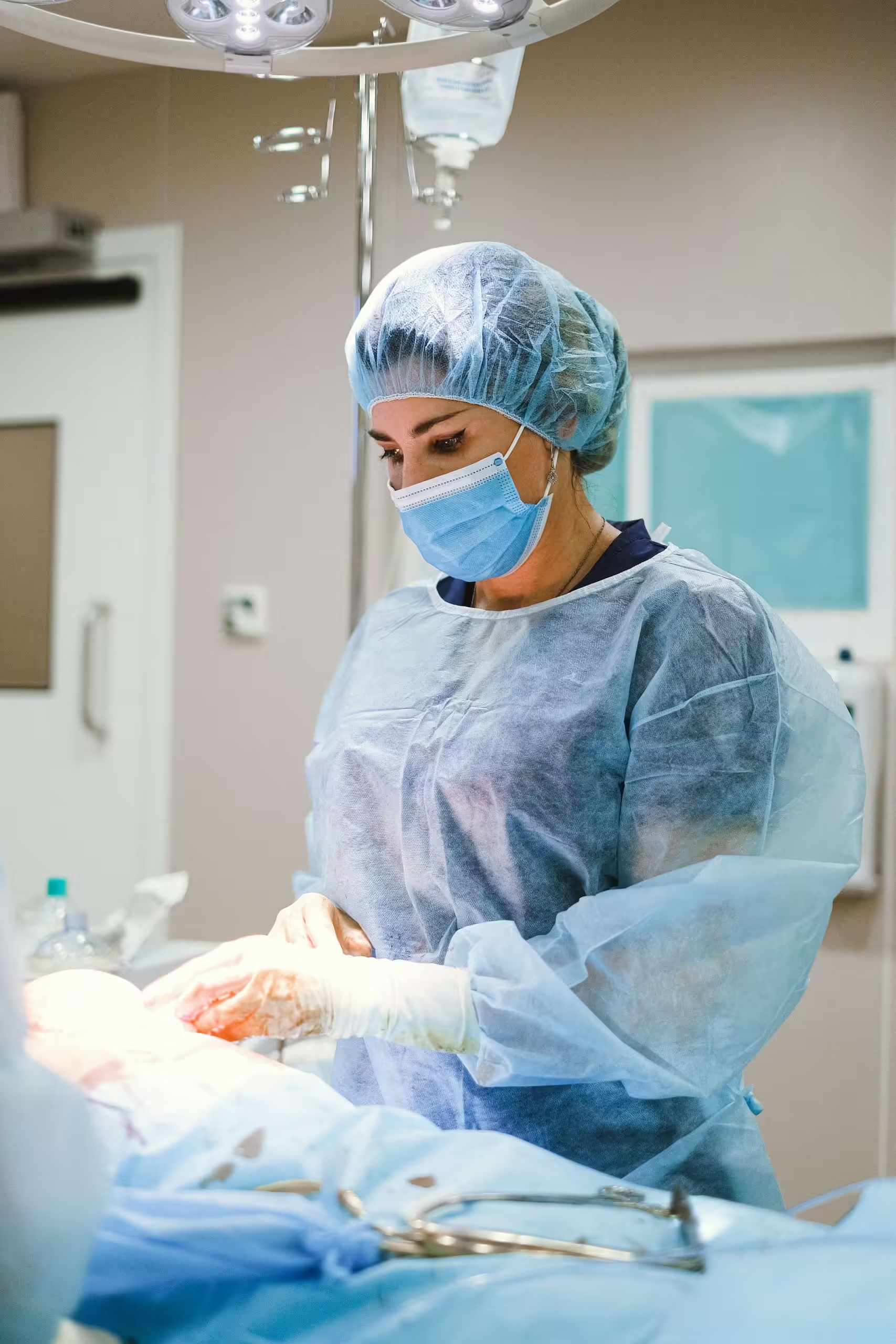This article is intended to inform you about the possible care you will receive. Your surgical team will ensure that you are fully informed about your treatment. Please keep in mind that this is only a guide, and patient care will vary depending on your specific circumstances.
What is Anterolateral Free Flap Surgery?
The Anterolateral Thigh (ALT) Free Flap stands as a surgical solution employed to address the void left behind following cancer removal. This method entails procuring tissue from the thigh to effectively close the wound.
In the surgical procedure, the surgeon extracts tissue from the thigh, encompassing skin, connective tissue, fat, and muscle. Additionally, two blood vessels are gathered: one artery supplying blood to the flap and one vein draining blood from it.
Subsequently, these vessels are meticulously connected to blood vessels in the neck using a microscope, facilitating the flap’s reception of the essential blood supply crucial for its sustenance as it heals in its new location.
Upon completion of the procedure, the void in the leg is sealed using stitches or clips, typically removed a few days post-surgery.
Alternatively, in certain instances, a skin graft from another region of the thigh might be necessary to entirely close the wound.
Following the surgery, a bandage is applied to the thigh, with a small tube possibly inserted beneath the skin to drain any accumulated blood. Usually, this tube is removed after a few days.
Although complications are infrequent, it is imperative to acknowledge potential risks, including:
- Bleeding: Anticipate minimal bleeding, with the wound drain serving to prevent any blood accumulation.
- Infection: Administration of antibiotics before and after surgery aids in minimizing the risk of infection.
- Numbness: Patients may experience some numbness and tingling at the surgical site, typically resolving within several months.
- Muscle Weakness: Temporary weakness in the thigh muscle may ensue, but physiotherapy interventions can aid in restoring strength.
- Flap Failure: In rare instances, a blood clot may develop in the blood vessels supplying the flap, necessitating further surgical intervention to rectify the clot.
- Seroma: The possibility of fluid collection under the scar exists, typically resolving independently but occasionally requiring surgical draining.
By comprehending these potential complications, patients can engage in informed discussions with their healthcare provider and undertake suitable measures to mitigate risks.
Overall, the ALT Free Flap procedure presents a dependable avenue for rectifying tissue defects, promising successful outcomes and an enhanced quality of life for patients.

